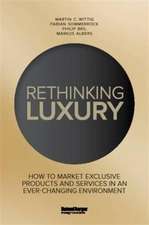The Asian Financial Crisis
Autor Klaus Veigelen Limba Engleză Paperback – 16 mai 1999
Preț: 558.86 lei
Preț vechi: 689.96 lei
-19% Nou
Puncte Express: 838
Preț estimativ în valută:
106.95€ • 111.02$ • 89.18£
106.95€ • 111.02$ • 89.18£
Carte disponibilă
Livrare economică 03-17 martie
Preluare comenzi: 021 569.72.76
Specificații
ISBN-13: 9783838615684
ISBN-10: 3838615689
Pagini: 128
Dimensiuni: 148 x 210 x 10 mm
Greutate: 0.18 kg
Editura: diplom.de
ISBN-10: 3838615689
Pagini: 128
Dimensiuni: 148 x 210 x 10 mm
Greutate: 0.18 kg
Editura: diplom.de












